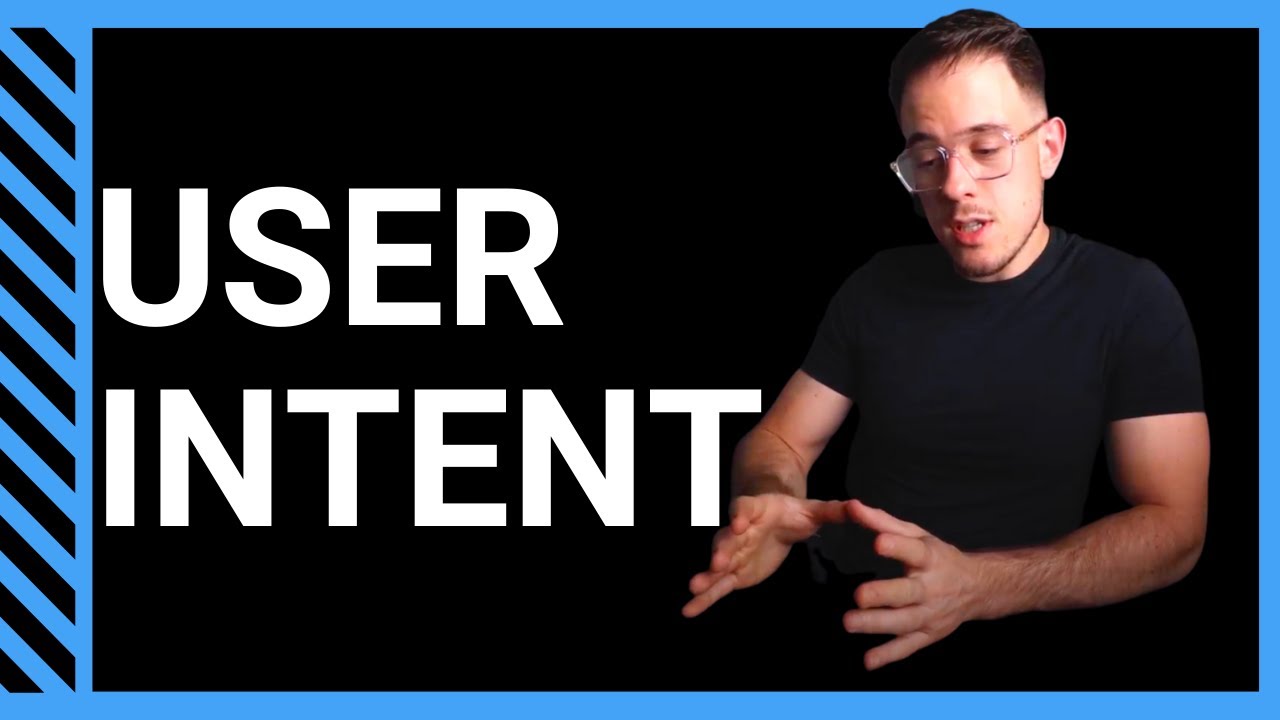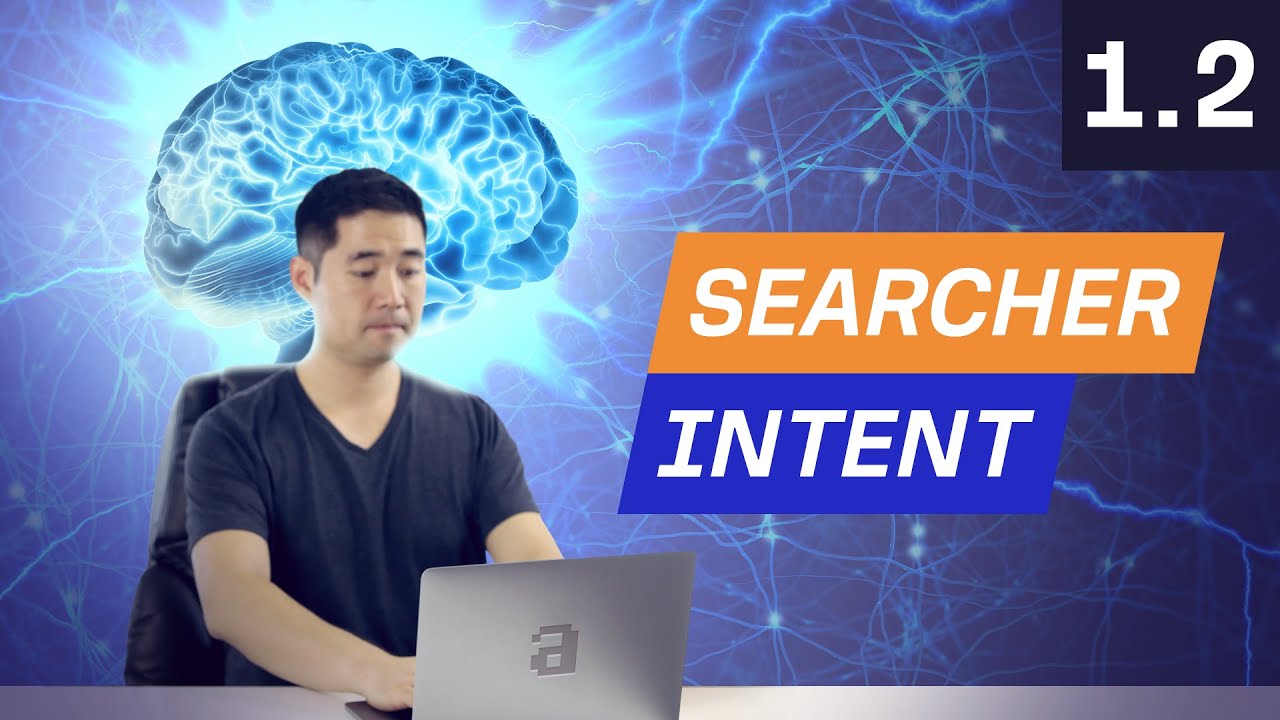In the digital age, where information is just a click away, understanding user intenthas become a pivotal aspect of online success. User intent, often referred to as the underlying motivation behind a search query, goes beyond simple keywords and delves into deciphering what users truly want to achieve. By grasping the intent behind each search, businesses and website owners can create contentand strategies that cater to their target audience's needs, resulting in enhanced relevance, improved user experience, and higher search enginerankings.
In this article, we will explore the significance of user intent in various aspects of the online realm and uncover the tools and techniques used to decipher it effectively.
What Is User Intent In SEO?
In SEO, user intent refers to the underlying motivation or purpose behind a user's search query when they enter specific keywords into a search engine. It goes beyond merely identifying the keywords used and delves into deciphering what the user hopes to achieve or find with their search.
Understanding user intent is crucial for creating relevant and valuable content that aligns with what users are looking for. When a website's content matches the user's intent, it enhances the overall user experience and increases the likelihood of that page ranking higher in search engine results.
User intent can be categorized into various types, such as informational intent (seeking information or answers to questions), navigational intent (looking for a specific website or webpage), transactional intent (intent to make a purchase or complete an action), and commercial intent (researching products or services with an intent to buy later).
By analyzing user intent, businesses and website owners can optimize their SEOstrategies to better cater to their target audience's needs, thereby attracting more qualified traffic, reducing bounce rates, and ultimately improving their search engine rankings.
Why User Intent Matters?

The Power of User Intent Matters for SEO: Here's Why
User intent matters significantly in the world of Search Engine Optimization(SEO) for several essential reasons:
- Enhanced Relevance -Understanding user intent helps ensure that the content provided on a website directly addresses what users are searching for. When search engines recognize the relevance of a page to a user's query, it is more likely to rank higher in search results. This increased visibility leads to attracting more organic traffic to the website.
- Improved User Experience (UX) -By catering to user intent, businesses create a better user experience. When users find content that precisely matches their search intent, they are more likely to stay on the page, engage with the content, and explore further. This positive user experience can lead to lower bounce rates and higher user satisfaction, which, in turn, can improve search engine rankings.
- Targeted Keyword Optimization -Different user intents require different sets of keywords. By understanding user intent, businesses can identify and optimize for the right keywords that align with what their target audience is looking for. This targeted approach attracts more qualified traffic, increasing the chances of converting visitors into customers.
- Effective Content Strategy-Knowing user intent helps businesses create content that directly addresses users' needs and pain points. By providing valuable and relevant information, businesses can position themselves as authoritative sources in their industry, fostering trust and credibility among their audience.
- Competitive Advantage -In a competitive online landscape, understanding user intent gives businesses a competitive edge. By tailoring content to meet user needs better than competitors, a website can attract more attention, gain more traffic, and establish itself as a go-to resource in its niche.
- Adapting to Algorithm Updates -Search engines continually evolve to prioritize user experience and intent. By focusing on user intent, businesses can align their strategies with the latest search engine algorithm updates, ensuring their content remains relevant and visible in search results.
Types Of User Intent
Informational Intent
When users have informational intent, they are seeking knowledge, answers, or solutions to a specific question or query. They want to learn about a particular topic, understand a concept, or find information to help them with a task. Users with informational intent often use search querieslike "how to," "what is," "benefits of," "tips for," etc.
Navigational Intent
Navigational intent occurs when users are looking for a specific website, page, or brand. These users already know what they are looking for and use search queries that include the name of a brand, website, or service. For example, a user might search for "Facebook login," "Amazon," or "YouTube."
Transactional Intent
Users with transactional intent are ready to make a purchase or perform a specific action. They have a clear intention to buy a product, sign up for a service, or complete some other transaction. Search queries associated with transactional intent often include terms like "buy," "discount," "coupon," "subscribe," etc.
Commercial Intent
Commercial intent is similar to transactional intent, but the user is still in the research phase and not yet ready to make an immediate purchase. These users are looking for information to help them make buying decisions in the future. They might search for terms like "best laptops," "top smartphones," "reviews of," etc.
Understanding these different types of user intent is crucial for businesses and website owners to create targeted content that aligns with the specific needs of their audience. By providing content that matches the user's intent, businesses can enhance the user experience, increase engagement, and improve their overall online visibility and conversion rates.
How Does User Intent Work?

User Intent - the one thing you can't miss in SEO
User intent is a fundamental aspect of how search engines operate and how users interact with search results. When a user enters a search query into a search engine, the search engine's primary goal is to provide the most relevant and useful results that match the user's intent. Understanding user intent is essential because it goes beyond the specific keywords used in the search and delves into the underlying motivation behind the query.
Search engines use sophisticated algorithms to analyze the user's search query and determine the most appropriate search results. These algorithms take into account various factors, including the user's location, search history, and the context of the query, to better understand the user's intent. By comprehending the user's intent, search engines aim to deliver a seamless user experience by providing relevant and valuable content that directly addresses what the user is looking for.
For example, if a user enters the search query "best smartphones," the search engine recognizes that the user has a commercial intent and is likely researching to make a purchase decision. In response, the search engine will display a list of articles, reviews, and comparison guides that highlight the top smartphones on the market. On the other hand, if the search query is "how to bake a cake," the search engine identifies the informational intent and will present recipes, instructional videos, and baking tips.
From a website owner's perspective, understanding user intent is crucial for creating content that aligns with what users are searching for. By providing content that matches user intent, businesses can improve their chances of ranking higher in search results, attracting more qualified traffic, and ultimately converting visitors into customers.
To cater to different types of user intent, businesses often optimize their websites and content by using a mix of relevant keywords, well-structured content, and clear calls to action. By offering valuable information, products, or services that align with user intent, businesses can enhance user satisfaction, increase engagement, and build long-term relationships with their audience.
How To Determine User Intent?

Keyword Research Pt 1: How to Analyze Searcher Intent - 1.2. SEO Course by Ahrefs
Determining user intent involves a combination of research, analysis, and understanding of user behavior. Here are some effective methods to help you determine user intent:
- Keyword Research -Conduct comprehensive keyword research using tools like Google Keyword Planner, SEMrush, or Ahrefs. Look for keywords and phrases that are relevant to your industry and analyze the search volumes and patterns associated with them. Certain keywords may indicate informational intent, while others may suggest transactional or navigational intent.
- SERPAnalysis -Analyze the Search Engine Results Pages (SERPs) for the target keywords related to your content. Examine the top-ranking pages and their content structure. This analysis will give you insights into what search engines consider relevant to users' search queries.
- User Surveys and Feedback -Conduct surveys or gather feedback from your website visitors. Ask questions about what they were looking for when they visited your site, whether they found the information they needed, and what improvements they would like to see. User feedback can provide valuable insights into user intent.
- Social Listening-Monitor social mediaplatforms and online forums to understand what topics and questions users are discussing related to your industry or niche. Social listening helps identify common pain points and user needs, which can guide your content creationto match user intent.
- Google Analytics-Utilize Google Analytics to track user behavior on your website. Analyze metrics such as time on page, bounce rate, exit pages, and site search queries. These metrics can offer valuable clues about whether users are finding what they were looking for on your site and help you understand their intent.
- Competitor Analysis -Study your competitors' content and strategies. Identify the keywords they are targeting and analyze how their content addresses user needs. This analysis can help you identify gaps in content and potential areas for improvement.
- Natural Language Processing (NLP) Tools -Use NLP tools to analyze the context and semantics of search queries. NLP can provide a deeper understanding of user intent by deciphering the meaning behind search queries and identifying user preferences.
Tools And Techniques For User Intent Analysis
To conduct effective user intent analysis, you can leverage a combination of tools and techniques to gain valuable insights into what users are searching for and how to cater to their needs. Here are some essential tools and techniques for user intent analysis:
- Google Keyword Planner -Google Keyword Planner is a free tool that helps you discover relevant keywords and search volumes for specific queries. It provides insights into the popularity of keywords related to your industry, giving you an idea of the user intent behind those searches.
- Google Search Console-Google Search Console provides valuable data about the search queries that drive traffic to your website. It shows the keywords users use to find your site and the pages that appear in search results. Analyzing this data can reveal user intent and content performance.
- Google Trends-Google Trends allows you to explore the popularity of search queries over time. It can help you identify trending topics and seasonal trends, providing insights into current user interests and intent.
- SERP Analysis Tools -Tools like SEMrush and Ahrefs offer SERP analysis features that show the top-ranking pages for specific keywords. Analyzing these pages can help you understand what content is meeting user intent and how to improve your own content to match user expectations.
- User Surveys and Feedback -Conducting user surveys and gathering feedback from your website visitors can provide direct insights into their needs and motivations. Ask questions about their search intentions, challenges, and preferences to tailor your content accordingly.
- Social Media Listening Tools -Social media listening tools, such as Hootsuite or Mention, can help monitor social media platforms for discussions related to your industry. This allows you to identify common questions and concerns, helping you cater your content to address those needs.
- Natural Language Processing (NLP) Tools -NLP tools, like IBM Watson and MonkeyLearn, can help analyze the context and semantics of user queries. By understanding the meaning behind search queries, you can better match your content to user intent.
- Competitor Analysis -Analyze the content and strategies of your competitors. Understanding how they address user intent can give you ideas and insights into how to optimize your own content.
- Google Analytics -Use Google Analytics to track user behavior on your website, such as bounce rates, time on page, and exit pages. These metrics can offer clues about whether users are finding what they were looking for on your site.
People Also Ask
How Can You Identify User Intent For Keyword Optimization?
To identify user intent for keyword optimization, use tools like Google Keyword Planner, analyze SERPs for target keywords, and gather feedback through user surveys to understand what users are searching for.
How Does Understanding User Intent Impact Content Creation?
Understanding user intent allows businesses to create more relevant content that addresses users' needs directly. This improves user engagement, reduces bounce rates, and ultimately boosts search engine rankings.
Why Is User Intent Important For Content Marketing?
User intent is crucial for content marketingbecause it ensures that the content produced aligns with what the target audience is seeking. By understanding user intent, content marketers can create valuable and relevant content that resonates with their audience, increasing engagement, and driving conversions.
How Does User Intent Impact Voice Search Optimization?
User intent significantly influences voice search optimization. Voice searches tend to be more conversational and long-tail, reflecting users' natural language when speaking to virtual assistants like Siri or Alexa. Optimizing for user intent in voice search involves understanding the context and intent behind voice queries to provide relevant, voice-friendly answers.
Can User Intent Change Over Time?
Yes, user intent can change over time due to various factors, such as trends, technology advancements, or changes in user behavior. Monitoring user behavior, conducting regular keyword research, and staying updated with industry developments can help businesses adapt their strategies to align with evolving user intent.
Conclusion
User intent lies at the heart of a successful online presence. In the realm of Search Engine Optimization (SEO), grasping what users are seeking when they conduct a search is paramount to creating content that aligns with their needs and preferences. Whether it's providing valuable information, guiding users to specific destinations, facilitating transactions, or aiding in their purchasing decisions, user intent influences every step of a user's online journey.
Understanding user intent not only improves search engine rankings and organic traffic but also fosters meaningful interactions, loyalty, and trust between businesses and their customers. Embrace the power of user intent, and you'll pave the way for a more purposeful and rewarding digital presence.
